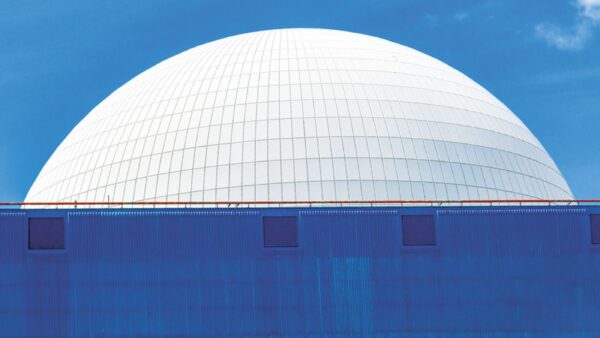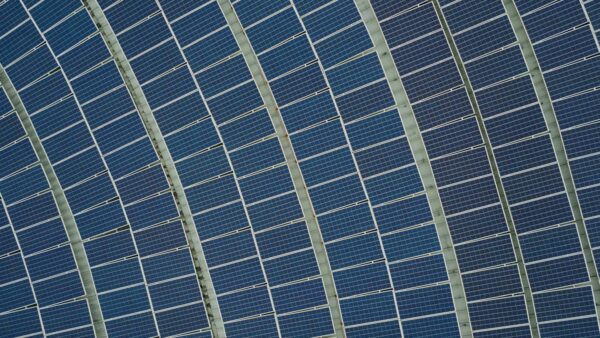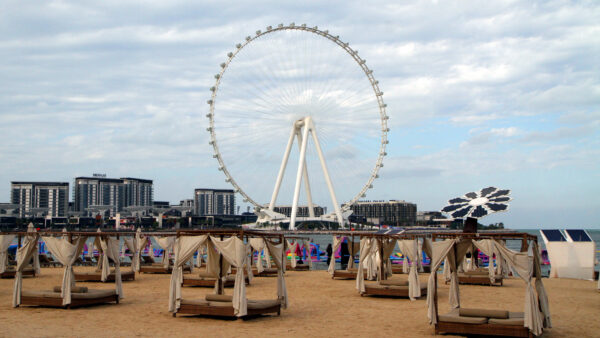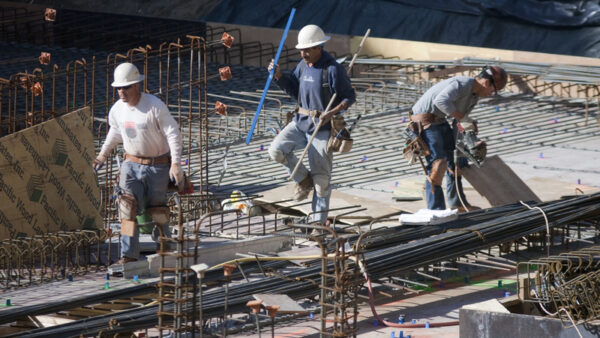China is testing a high-tech, satellite controlled rain-making system to boost the water storage capacity of the vast Tibetan plateau, where relatively little rain falls.
A sixth of the world’s population depends on rivers that originate there, and scientists worry about maintaining glacier mass.
The idea is to “seed” moist air with silver iodide crystals from up to 10,000 burning chambers set up on mountain ridges.
The burners will eventually cover an area of 1.6 million sq km, about the size of the Republic of Mongolia.
Costing about $8,000 each, the burners have been developed by the state-owned China Aerospace Science and Technology Corporation.
They are designed to work for years without maintenance, and to produce little pollution apart from carbon dioxide and the seeding crystals. They are connected to a virtual network by solar-powered communication devices.
The burners are to be selectively activated by a network of 30 satellites, which record activity in the Indian Ocean, where most of Tibet’s rain comes from. When a mass of moist air comes over the Himalayan chain, the burners can be switched on.
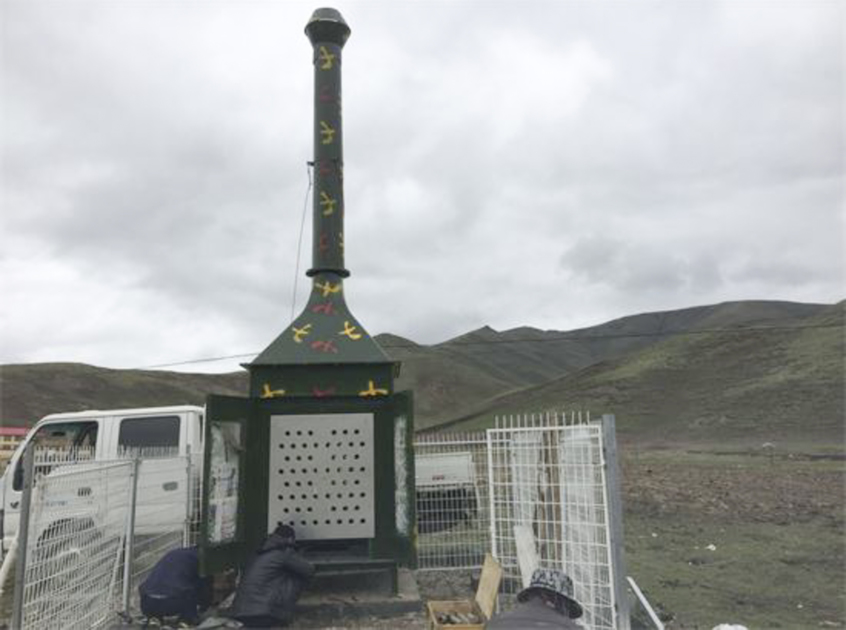
One of the high-tech burners being moved into position (maduo.gov.ch)
“So far, more than 500 burners have been deployed on alpine slopes in Tibet, Xinjiang and other areas for experimental use. The data we have collected show very promising results,” a researcher working on the system told The South China Morning Post.
“Sometimes snow would start falling almost immediately after we ignited the chamber. It was like standing on the stage of a magic show,” he added.
Though dry, the Tibetan Plateau – sometimes called sometimes “the world’s water tower” – is a critical source of water in south and east Asia, with nearly a sixth of the world’s population depending on rivers that start there.
Changes in rain and snowfall have a huge impact on the mass of glaciers.
Summer precipitation, which occurs mainly in convective storms, accounts for 60-90% of total annual precipitation over the plateau, but it can be extremely variable. The aim is to create more constant summertime precipitation to safeguard water supplies.
Total precipitation can be less than 100mm a year, making much of the region a desert. The aim of the project is to increase total rainfall by up to 10 billion cubic metres a year – about 7% of China’s total water consumption.
Top image: Daocheng county in Tibet (Tibetopedia)
Further reading:

